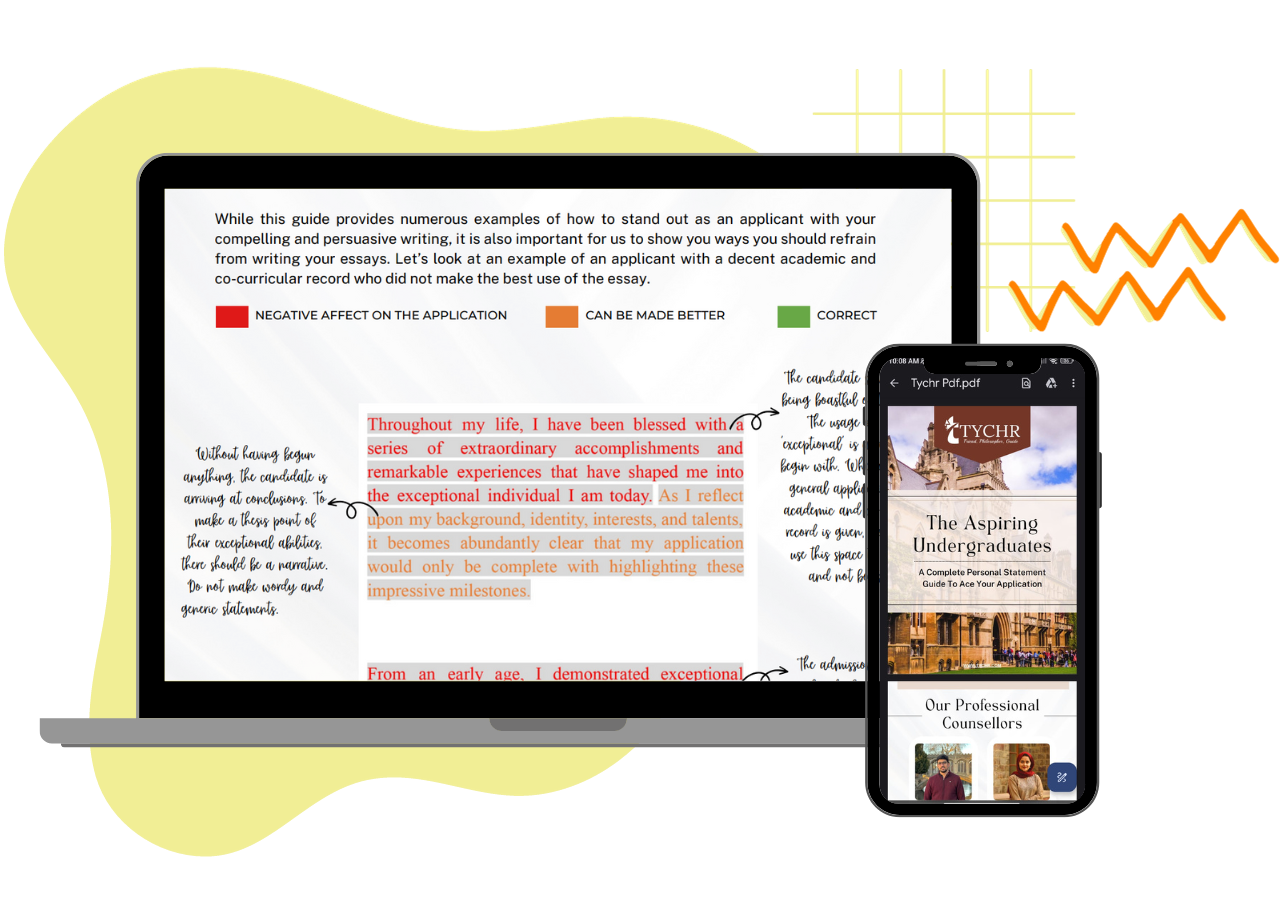50+ IB Economics IA Ideas
check out our results
Request Free Trial Class
1.) Indirect tax on demerit goods
Reference Link:
Introduction:
Define key terms. In this article, you would have to define indirect tax and demerit goods, with relevance to the context.
Diagram:
Impact of indirect tax on demerit goods using an inelastic demand curve.
Evaluation:
Assess the effectiveness of the indirect tax using the CLASPP approach (Conclusion, Limitations, Assumptions, Stakeholders, Priorities, Pros and Cons). Suggest alternatives if necessary. In this case, an alternative could be a complete ban on demerit goods


IB Macroeconomics IA Ideas
1.) Contractionary monetary policy
Reference Link:
Introduction:
Define key terms. In this article, you would have to define monetary policy and contractionary monetary policy, with relevance to the context.
Diagram:
Impact of monetary policy on the equilibrium level of output and price level using Aggregate demand and supply.
Evaluation:
Assess the effectiveness of the contractionary monetary policy using the CLASPP approach (Conclusion, Limitations, Assumptions, Stakeholders, Priorities, Pros and Cons). Suggest alternatives if necessary. In this case, an alternative could be a contractionary fiscal policy.
Download our Successful College Application Guide
Our Guide is written by counselors from Cambridge University for colleges like MIT and other Ivy League colleges.
To join our college counseling program, call at +918825012255

IB Global Economy IA Ideas
1.) Tariffs
1.1) Reference Link:
Introduction:
Define key terms. In this article, you would have to define tariffs with relevance to the context.
Diagram:
Impact of tariff on exchange rate using domestic demand, domestic supply and world supply curves.
Evaluation:
Assess the impact of tariffs on the economy with relevance to context using the CLASPP approach (Conclusion, Limitations, Assumptions, Stakeholders, Priorities, Pros and Cons). Suggest alternative solutions if any, such as a quota or an embargo.
1.2) Reference Link:
Introduction:
Define key terms. Thesis statement of the article. In this article, you would have to define tariffs with relevance to the context.
Diagram:
Impact of tariff on exchange rate using domestic demand, domestic supply and world supply curves.
Evaluation:
Assess the impact of tariffs on the economy with relevance to context using the CLASPP approach (Conclusion, Limitations, Assumptions, Stakeholders, Priorities, Pros and Cons). Suggest alternative solutions if any, such as a quota or embargo.
IB Tutoring Recent Blogs
Give our blog a read for anything you need















